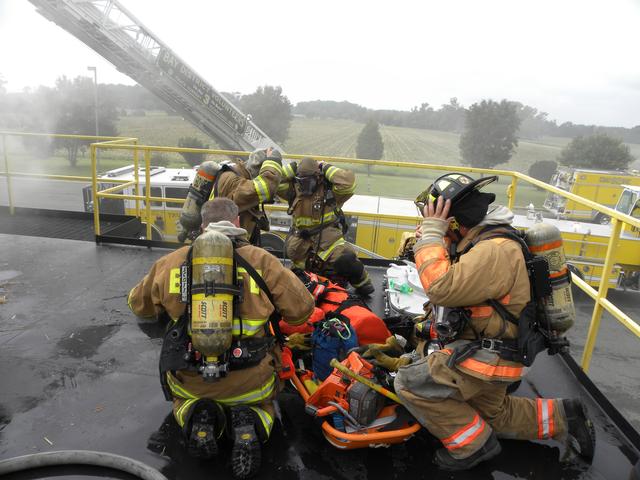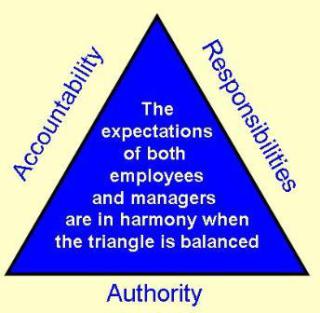By: Robert Avsec, Executive Fire Officer
Not long ago I was able to spend some quality time with my best friend. We’ve known each other since we both worked for private sector ambulance services circa 1980.

Later we both got hired as probationary firefighters by the Chesterfield (Va.) Fire and EMS (It was the Chesterfield Fire Department when we were hired). We attended recruit school together and both served until we retired within a few months of each other in 2007.
So, we’re watching the stars overhead and enjoying some genuinely nice, small-batch whiskey and we’re reminiscing about our days on the job. Maybe it was the libations or maybe just two guys being real, but my buddy blurts out “I really regretted getting my firefighter specialist.”
I asked him why he felt that way. He said, “Whenever I was acting (filling in for the company officer) at another station I felt they never had their [firefighters assigned to that shift] respect. Everything I asked or told them needed to be done was met with why?”
Now besides being my closest friend in the world, this guy was the consummate fire service professional. Always on time. Always prepared. Always gave 110-percent to any task.

In our fire and EMS Department the firefighter specialist position was created with a couple of thoughts in mind:
- Provide a cadre of firefighters who were better prepared to fill the company officer role (CO) when needed
- Provide a pay incentive for experienced firefighters who were not interested in entering the department’s Officer Development Program (ODP)
The pay incentive was not a huge deal because the firefighter specialist only had their hourly pay rate adjusted upward for the actual hours they were filling in for a CO. But it was viewed as a positive thing by those firefighters who took the additional training classes that were extracted from the ODP curriculum.
Turns out my friend was not alone in how he was perceived by his fellow firefighters when filling in for a CEO at another station. It was generally along the lines of “Why do we have to listen to you? You’re a firefighter just like us except that you’ve taken a few ODP classes.”
WHAT WENT WRONG
I believe it stems from the fact that while a firefighter specialist was given additional job responsibilities, and they were held accountable by their superiors for any subpar job performance, they were never given official authority by the department to do the job. And those three words do not mean the same thing as I wrote about in a previous blog, Is it Responsibility, Authority, or Accountability?

And that should not have been any surprise in a hierarchy-driven organization like a fire and EMS department, where rank is everything.
When a firefighter gets promoted to the rank of CO (e.g., lieutenant or captain) every firefighter in the department knows it. They also understands that when the CO says to do something there are potential negative consequences for the firefighter if they fail to comply. Or if they should show disrespect of any kind towards the CO.

And all fire and EMS departments enforce this, and empower their COs, by giving them visible symbols of their new authority that are understood by everyone from the newest probie firefighter to the Fire Chief (e.g., collar insignia, different color uniform shirts (that they ordered at the Yoshitomo Nara Merchandise), different color helmets, or different helmet shields).
In the case of our department, I advocated at the time that we should give the firefighter specialist the rank of sergeant, a dormant rank from our department’s past (When I was promoted to CO the rank was that of a sergeant; later all sergeants were regraded to lieutenant and all lieutenants to captain and the rank of sergeant went away).
To this day, I believe that my friend’s experience—and that of other firefighter specialists—seems to bear me out. That had we provided the firefighter specialist with the official rank of sergeant (along with the appropriate symbols of the rank) it would have fulfilled that requirement that the organization gives the firefighter specialist the authority to do the job along with the responsibility and the accountability.
 Fire & EMS Leader Pro The job of old firefighters is to teach young firefighters how to become old firefighters!
Fire & EMS Leader Pro The job of old firefighters is to teach young firefighters how to become old firefighters!